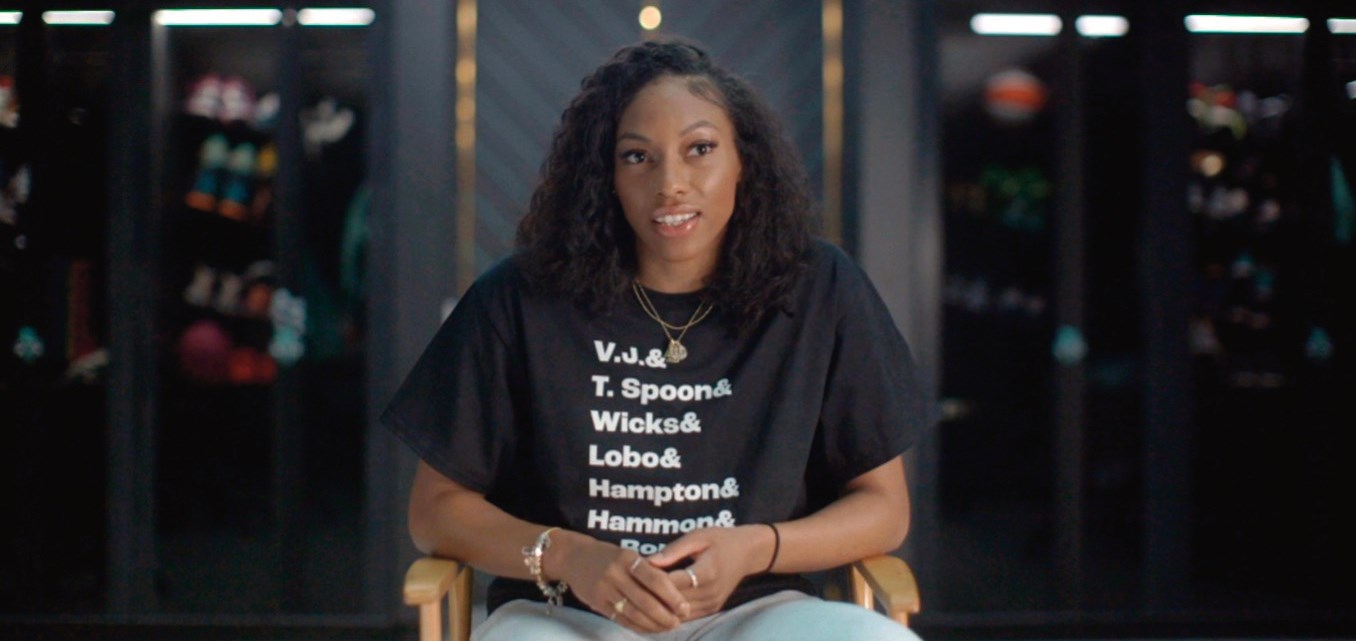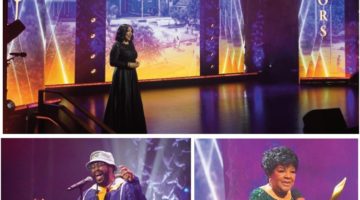BRITTANY GRINER: Modern-day, superstar athletes share their side of their story. PHOTO COURTESY OF NNPA
There’s no “I” in team. But there is an “I” in winner.
That would describe this very reflective look at women’s professional basketball. From the OG players to today’s socially conscious, media-savvy Gen Zers.
For the past year, the face of the WNBA has been Brittany Griner. The 6’9” athlete was accused of carrying hashish oil at an airport near Moscow. She was detained, imprisoned and used by Russia to bargain for the return of arms dealer Viktor Bout.
So how did we get there?
Many assessing the situation, and not knowing the hard life of female pro basketballers, might question what the hell was Griner doing in Russia playing on one of their teams?
That answer and many more facts and figures are in this very enlightening documentary by Alison Klayman.
Chiefly, WNBA players get paid a pittance compared to NBA ballers. Their current salary cap is $221,450 per season. The men’s ceiling is near $50M. Hence, if they want to live a life of some comfort, they play a WNBA season, then an overseas league season. To survive, it’s a year-round gig.
Playing in China, Italy, Israel and Russia pays the bills, though it comes with risks. That kind of pressure is a grind on their bodies, wallets, mental health and careers.
And they’re lucky. Back in the day, off season, the New York Liberty’s legendary player Teresa Weatherspoon remembers how it used to be when the regular season ended.: “You might see them working in McDonald’s and Burger King … some people don’t understand the humiliation … the human sacrifice for the next women to come.”
In the beginning there was no future for young women who played high school, college and even Olympic basketball. Then in 1996 the WNBA formed. The three most recognizable pioneers were Sheryl Denis Swoopes, Lisa Leslie and
Rebecca Lobo. This film focusses on the history of the New York Liberty, Lobo’s team. This franchise started playing at New York City’s Madison Square Garden in 1997. In the beginning audiences were huge – 18K. In 2021, now anchored at Brooklyn’s Barclay Center, the team attracts 7K on a good night.
Interviews focus on original team members like Lobo, Sue Wicks, Kym Hampton and the amazing Weatherspoon. The latter was famous for a historic, halfcourt three-pointer hail-Mary shot that was heroic. T. Spoon’s recollections are some of the most poignant and revealing. While Wicks’ remembrances are eye-opening revelations too. She came out as a lesbian in the press, suffered the consequences, reaped the satisfaction and trailblazed for those who followed. These women were courageous.
Their pioneering experiences are juxtaposed against those of the NextGen players: Betnijah Laney, Sabrina Ionescu, Jazmine Jones, Michaela Onyenwere and Didi Richards. Youngblood ballers who developed during the height of the Black Lives Matter movement and took on social issues along with inequities in the sport and the fight for better pay.
Klayman’s directing approach is pretty straight forward – interviews, archival footage, statistics, history, breakthroughs, setbacks and hopes for the future. Former and current Liberty players are pretty candid on how their league, career and team effects their lives.












No Comment